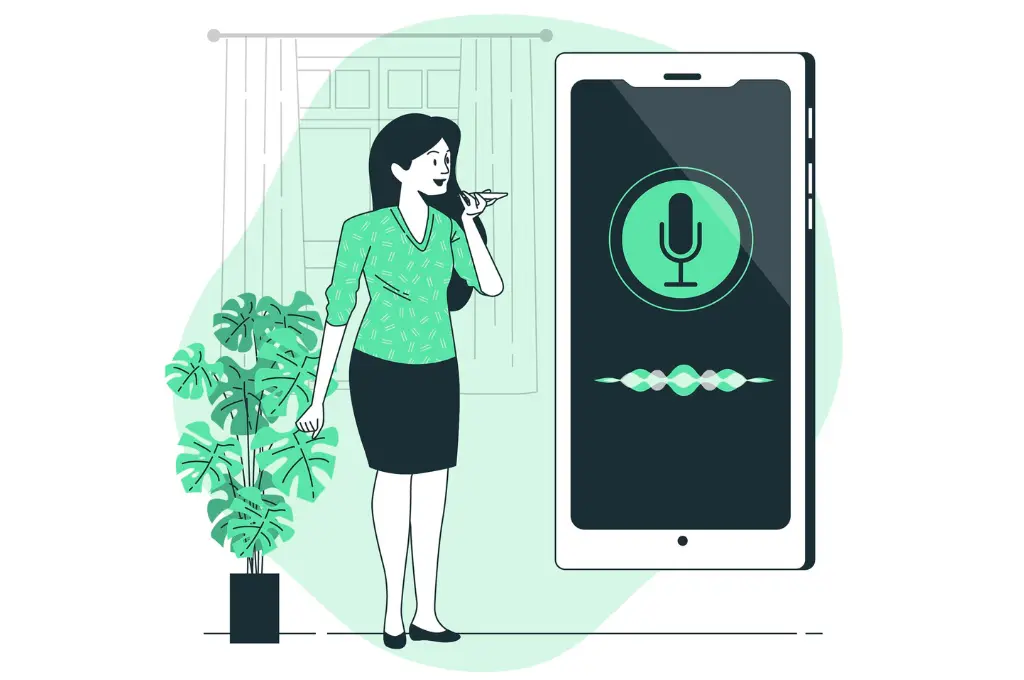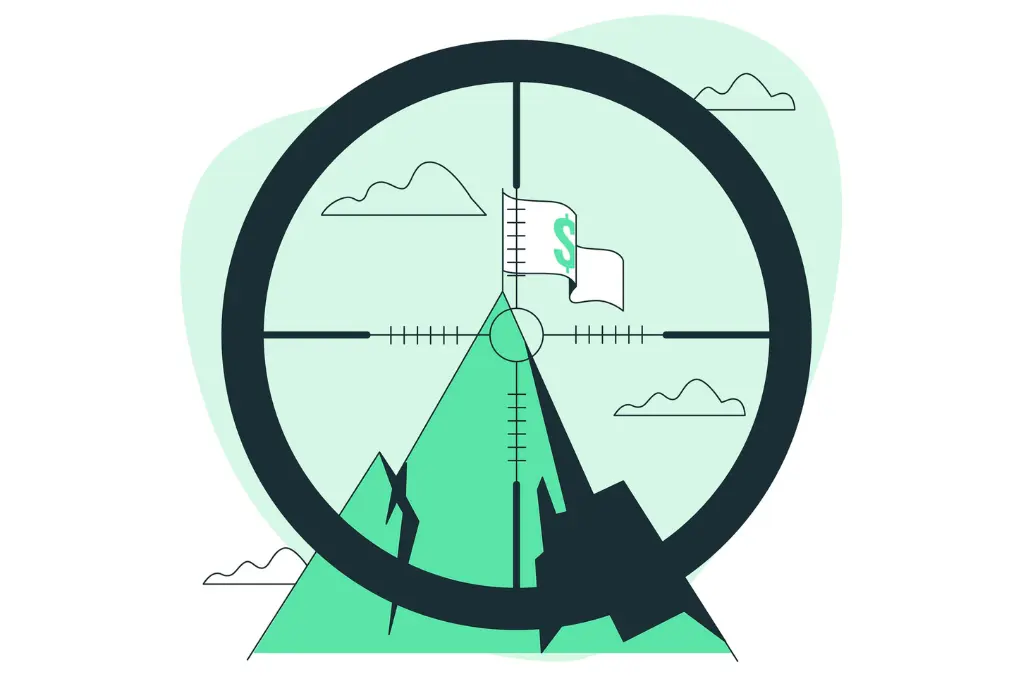Call monitoring provides numerous benefits in the telecalling industry, where customer experience is paramount. It enables supervisors to evaluate telecaller performance, maintain quality control, and implement targeted training programs.
Join us as we explore the importance of call monitoring basics in the telecalling industry and discover how it can revolutionize your operations, enhance customer satisfaction, and drive business success.
What is Call Monitoring?
Call monitoring, also known as call evaluation or call assessment, refers to supervising and evaluating telephone conversations between telecallers and customers. It involves systematically listening to and analyzing these conversations to assess performance, gather insights, and ensure adherence to quality standards.
Call monitoring has evolved alongside technological advancements, enabling businesses to leverage its benefits more effectively.
Call monitoring can be conducted using various methods, such as live call monitoring, recorded call monitoring, whisper coaching, and barge-in monitoring. Each method has its advantages and suits different business needs.
The primary goal of call monitoring basics is to enhance communication effectiveness, improve customer satisfaction, and drive overall business growth.
The Importance of Call Monitoring in Telecalling
Call monitoring plays a pivotal role in the telecalling industry, providing several benefits for both telecallers and businesses. Here are some key reasons why call monitoring is important:
1. Performance Evaluation:
(Source: www.tenor.com)
Call monitoring allows supervisors to assess the performance of telecallers objectively. Supervisors can provide constructive feedback by evaluating customer interactions, identifying improvement areas, and implementing targeted training programs.
2. Quality Assurance:
Call monitoring ensures that telecallers adhere to quality standards and comply with company policies and procedures. It helps maintain consistency in service delivery, ensuring that customers receive high professionalism and satisfaction during their interactions.
3. Training and Development:
(Source: www.tenor.com)
Call monitoring provides valuable insights for training and development purposes. Supervisors can identify common issues, recurring challenges, and training gaps, allowing them to design targeted training programs to enhance the skills of telecallers.
4. Compliance and Legal Requirements:
In industries such as healthcare, finance, or insurance, call monitoring is essential for compliance with regulatory requirements. It ensures that sensitive information is handled appropriately and legal obligations are met.
5. Customer Experience and Satisfaction:
(Source: www.tenor.com)
Effective call monitoring improves customer experience and satisfaction. By identifying improvement areas and promptly addressing customer concerns, businesses can build stronger customer relationships, leading to increased loyalty and positive word-of-mouth referrals.
Different Types of Call Monitoring
There are various types of call monitoring methods that businesses can employ, depending on their specific requirements. Let's explore some common types:
1. Live Call Monitoring:

This method involves supervisors listening to ongoing calls in real time without interrupting the conversation. Supervisors can provide immediate guidance, support, and assistance to telecallers when required. Live call monitoring enables supervisors to intervene promptly and rectify issues, enhancing performance and customer satisfaction.
2. Recorded Call Monitoring:
In this method, calls are recorded and reviewed later for evaluation and training purposes. It allows supervisors to assess a telecaller's performance more comprehensive and detailed manner. Recorded call monitoring also serves as a valuable resource for training new telecallers, as they can listen to exemplary conversations for learning and improvement.
3. Whisper Coaching:
Whisper coaching involves supervisors providing real-time instructions to telecallers without the customer hearing. The supervisor can guide the telecaller through the call, offer suggestions, and prompt them with key points, improving their performance without disrupting the customer's experience. Whisper coaching is particularly effective for training new telecallers or assisting them during challenging or complex calls.
4. Barge-In Monitoring:

Barge-in monitoring allows supervisors to join ongoing calls to guide telecallers or take control of the conversation if necessary. This method is useful when immediate intervention is required, such as addressing customer complaints or handling difficult interactions. Barge-in monitoring ensures the telecaller receives real-time support, maintaining service quality and customer satisfaction.
Choosing the right type of call monitoring depends on factors such as the nature of the business, compliance requirements, training objectives, and available resources. Businesses should assess their specific needs and tailor their call monitoring approach accordingly.
Case Study: Implementing Call Monitoring
Let's consider a hypothetical case study to provide practical insights into the implementation of call monitoring. Company XYZ, a leading telecalling firm, faced challenges maintaining consistent service quality and ensuring high customer satisfaction. By recognizing the importance of call monitoring, they decided to implement a comprehensive call monitoring program.
The implementation process involved the following steps:
1. Setting Clear Objectives:

Company XYZ established specific objectives for call monitoring, such as improving telecallers' performance, enhancing customer experience, and increasing sales conversion rates.
2. Defining Key Performance Indicators (KPIs):
They identified relevant KPIs to evaluate telecaller performance, such as call resolution time, average handling time, customer satisfaction scores, and sales conversion rates. These KPIs served as benchmarks for measuring success and identifying areas for improvement.
3. Selecting the Right Call Monitoring Method:

Company XYZ chose a combination of live and recorded call monitoring based on their requirements. Live call monitoring provided real-time feedback and coaching opportunities, while recorded call monitoring allowed for more detailed analysis and training.
4. Training and Implementation:
Company XYZ conducted training sessions to educate telecallers and supervisors about the purpose and process of call monitoring. They emphasized the importance of constructive feedback and provided guidelines for addressing performance gaps.
5. Evaluation and Continuous Improvement:

Regular evaluation of call monitoring results allowed Company XYZ to identify strengths and weaknesses, make necessary adjustments, and continuously improve their telecalling operations.
Call monitoring at Company XYZ improved telecaller performance, enhanced customer experience, and increased sales conversion rates. By effectively utilizing call monitoring insights, they were able to address customer concerns proactively and provide personalized solutions, leading to higher customer satisfaction and loyalty.
Conclusion
Call monitoring has become indispensable for telecalling businesses in the data-driven marketing landscape. Understanding its fundamentals and leveraging its benefits can significantly improve communication effectiveness, customer satisfaction, and overall business performance.
By implementing or improving call monitoring practices, businesses can stay ahead of the competition and drive success in their telecalling operations.

Remember, mastering call monitoring is a valuable skill that can set your business apart and drive long-term growth and success.
Ready to take your telecalling operations to the next level using Call Monitoring? Don't miss out on the chance to turn your telecalling operations into revenue generating activity. Sign up for Callyzer today and experience the power of advanced call monitoring now.
